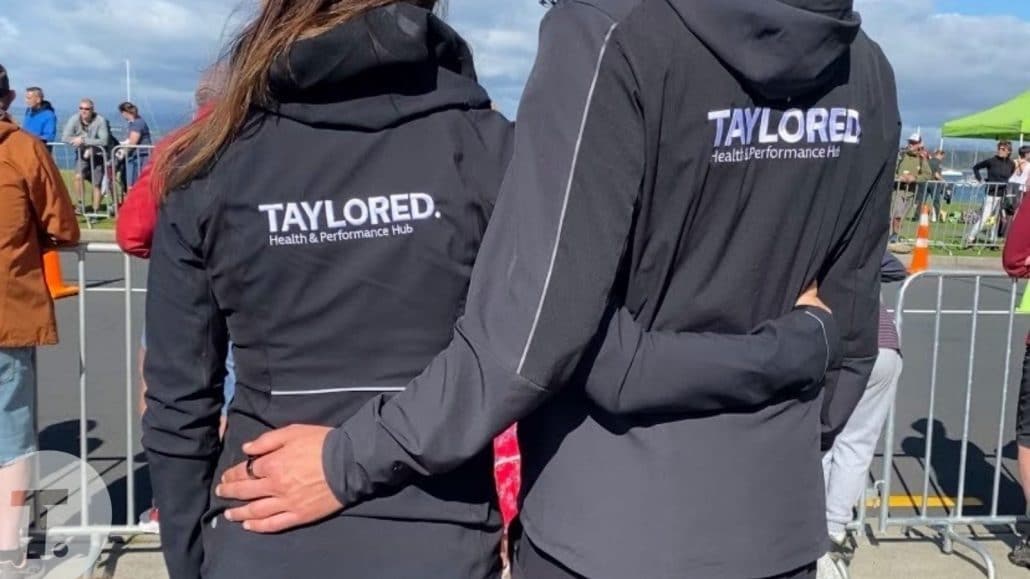Please note: we have not been sponsored or paid to write this article.
As the Oura Smart Ring transitions into mass adoption, with over 1,000,000 rings sold, we’re receiving more messages asking the question: should I get one?
Many of you know, our founder (Luke) has been a long-time user and big fan of Oura, getting Rachel (his life and business partner) onboard with her own ring late 2019. So, we thought we’d outline our “why”, and help those who are considering it for themselves.
What is measured can be managed
Is your health a priority? If so, tracking your health markers means you can compare how you feel with what the data is saying. This not only gives an opportunity for reflection but also helps identify trends and clues to why you feel the way you do.
Wearable devices aren’t there to tell you how you are feeling but to empower reflection and improve your bio-literacy (ability to understand your body).
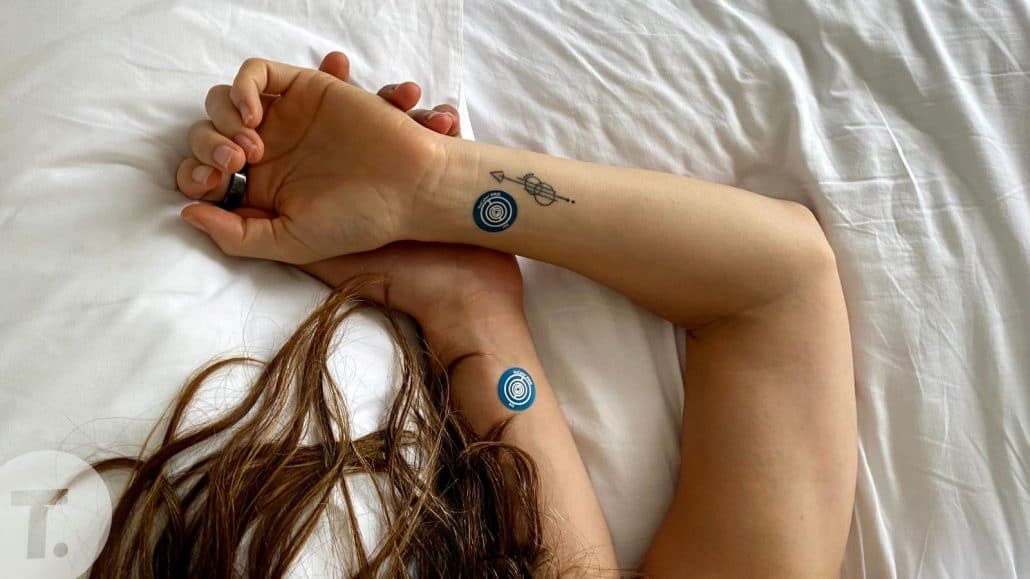
Whether you look at the data frequently or infrequently it doesn’t matter because as long as you are capturing data you can always reflect back on long-term trends and identify the effect of significant life events on your biology.
For example, the data collected before, during and after Luke’s traumatic brain Injury has been invaluable and extremely fascinating. He was able to see all the changes in his data because he knew the baseline prior to the accident. Not only has that empowered better conversations with his medical practitioners, it provided him with a very functional goal to pursue. Whereas if Luke wasn’t tracking anything, it would have been extremely challenging to identify how he was tracking in his recovery, especially with something as complex and impactful as a traumatic brain injury, which is confusing enough.
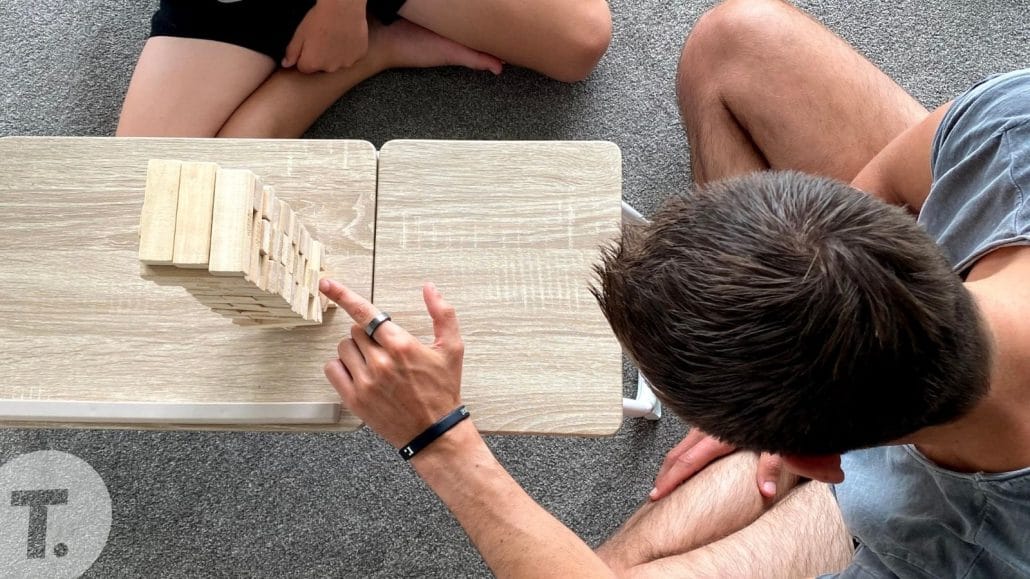
Will You Wear it?
The best wearable is the device you don’t notice you are wearing. It should be a relatively seamless, effortless, and unnoticeable addition to your day while providing you with powerful data that supports empowered health decisions.
This is one of the biggest reasons we love the Oura Ring. It is one of the slickest wearables, all compressed into a ring that (for most of the day) you completely forget you are wearing.
This is extremely important when it comes to sleep (which is Oura’s primary focus) because anything that disturbs you when you sleep won’t be worn for long. As part of Project Otto (our big biodata project), Luke and Rachel have tested so many of the sleep wearables, whether that be wrist or ankle bands, wrist watches, and even an EEG headband (which are technically more accurate with sleep stages), yet they are more often than not uncomfortable. And if a data geek like Luke struggles to wear them, we don’t like the chances for anyone else.
We have now tried the majority of the leading health tech wearables and the Oura is the one we keep coming back to.
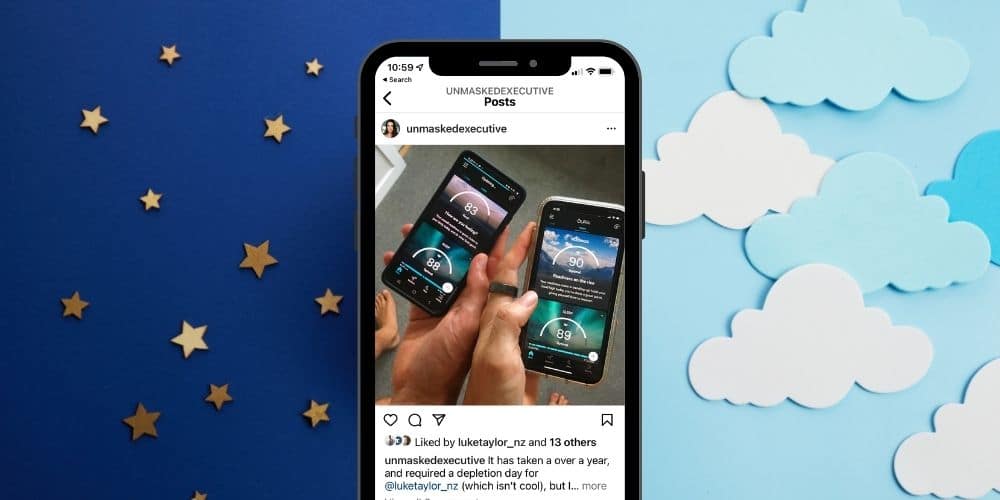
User Interface
The Oura offers a great user interface (UI) that distills your health down into 3 simple numbers; Sleep, Readiness and Activity. If data is not your thing, a quick glance can provide insight into how you are tracking. However, if you want more information, it is easy to dive into the weeds, first with a brief encouraging description of your scores and maybe something to consider for each. You can then tap into data pages for each section and dig deers into trends of specific measures over time. The app can be as simple or as complicated as you want it to be.
Sleep Tracking
If you are buying an Oura smart ring, you are most likely interested in understanding your sleep. Great! Sleep is one of the most important components of health that is too often neglected. It is one of our founder’s biggest priorities in life and the Oura is a big part in ensuring Luke stays on track (there is no cheating yourself when data is being captured).
You will quickly begin to notice the impact of that extra Netflix episode, the late dinner, nightcap or lack of movement has on your sleep. Luke has found this information to prompt powerful conversations with our Oura-wearing clients as they learn what works for them specifically (because we all have unique factors to consider).
Another big bonus for the Oura smart ring is that it captures data without you needing to signal that you are going to bed etc. So if you fall asleep on the couch, it will capture that so nothing gets missed.
It must be noted, that in regards to sleep tracking for Oura (and any indirect sleep tracker), it cannot accurately assess sleep cycles. This is a limitation for all indirect sleep trackers because the only way to accurately track sleep stages is through measuring brain waves (e.g. delta brain waves = deep sleep). So unless your tracker is measuring brain waves, it is measuring sleep stages indirectly. Therefore, you can’t fully rely on its accuracy but it can provide some good insights regardless. This is extremely important to keep in mind when selecting any sleep wearable. However, as mentioned above, Luke has tried the EEG headbands that track brainwaves and even he doesn’t like using them! They are one of the most uncomfortable things to wear so as it stands, Luke and Rachel rely on indirect measures with the occasional EEG device check-in.
Readiness Tracking
This would be the biggest reason Luke and Rachel use the Oura so they can assess the state of their autonomic nervous system. It helps them ask:
- What is the status of my body?
- Does it require rest or is hormetic stress okay today?
It is a great tool for any hard-charging and/or high-achiever person that finds it hard to stop. Whether you’re an athlete or just a busy person wanting to perform, this provides you with the metrics to signal how you should adjust your behaviour on a day to day basis to support your nervous system. It is the readiness score that will provide you with this snapshot. Luke and Rachel like to dive into that data (resting heart rate, heart rate variability, respiration rate, body temp fluctuations) as all these metrics can signal if their body is working too hard and warn them to put the breaks on if required.
These are the type of things they coach Taylored clients through, so their bio-literacy improves as well.
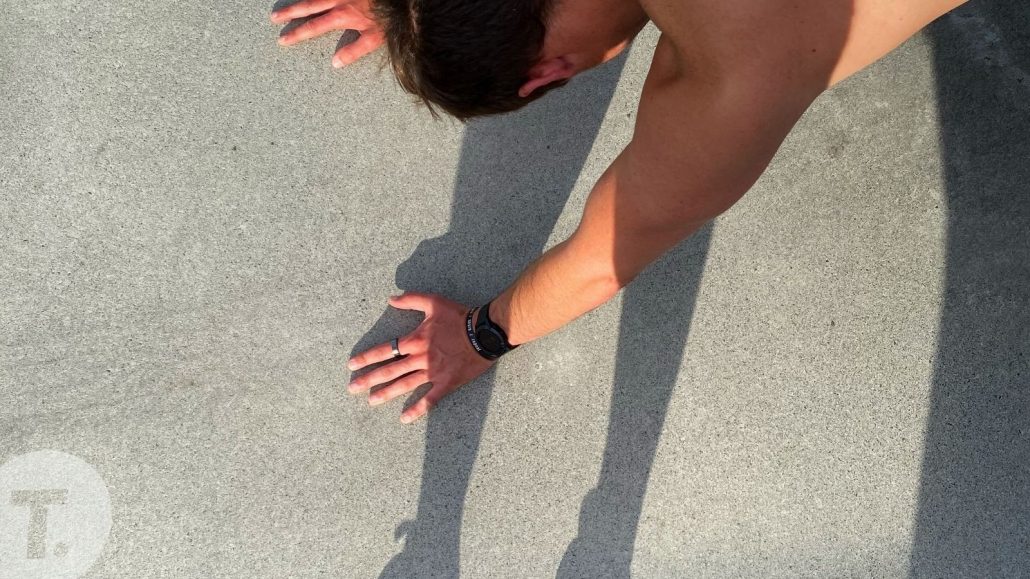
Activity Tracking
Luke and Rachel haven’t been using this too much other than a good background measure to capture without any effort. They both used it extensively when they were regularly running and training, but since injury they’ve slowed down and primarily used it for number of steps and general movement tracking. However, this may change as the Oura Gen 3 releases their advanced real-time tracking.
When Luke does do structured exercise or train, he relies more heavily on his Garmin Fenix 6 to capture all exercise data. Although, since Gen 3, he has appreciated the Oura capturing all the incidental movement or impromptu workouts without having to register it e.g. shooting basketball hoops, going for a walk, or playing with the kids which he wouldn’t normally make an effort to capture (i.e. hit ‘start’ on his watch).
Plus with the Gen 3 ring, more and more data points are being added including daytime (near real-time) metrics. We are excited to see what is to come in this area.
Accuracy
As discussed above, when it comes to sleep stage tracking you need to take the information with a grain of salt. However, when it comes to other metrics, Luke is often surprised at the accuracy. He will wear up to four devices at a time and Luke often finds the Oura to be the most accurate over time, even if sometimes he don’t feel like it is at the time, it often makes sense in reflection.
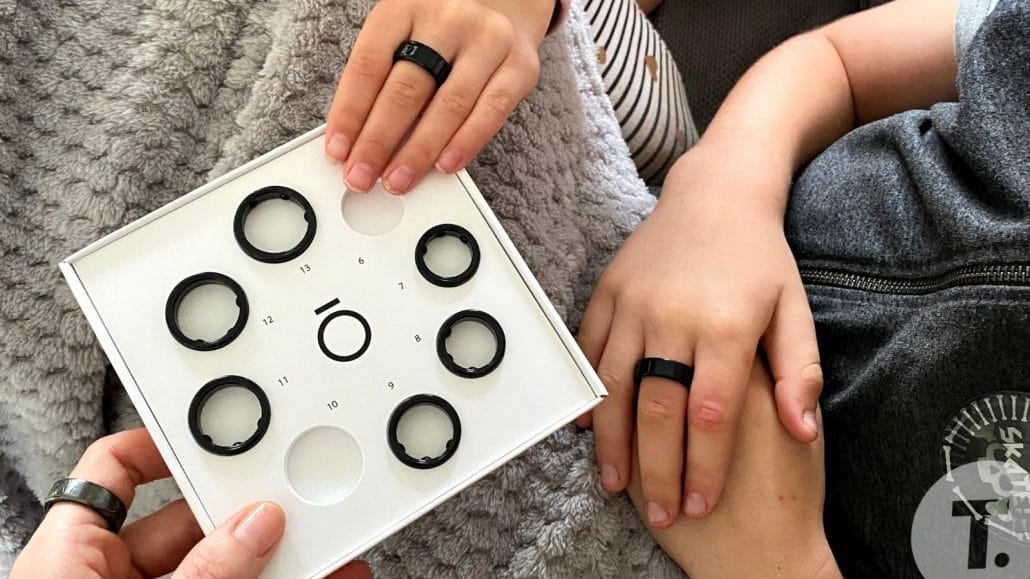
Sizing
Oura has a sizing kit that is included in all orders. When you place an order, they first send out that sizing kit (which takes ~5-10 days depending on where you are in the world) and you use those little plastic replicas to find the best fit for you. In your original order confirmation email, you’ll see a link at the bottom that says something like “know your sizing? Update your order now” and you’ll be directed to your order via their website to input the correct sizing. Once that’s done, it will auto-trigger your shipment (which will take another 5-10 days depending on your location).
The next common question we get is “how do I choose the right size for me”? The best piece of advise we can give you is the following:
- Oura recommends prioritising your index (pointer) finger, followed by your middle finger
- They have said in the past that the ring finger is not the best choice, due to accuracy
- So, we recommend you find the size that fits at least ONE of your index fingers well (noting whether you’re usually hot or cold when trying them on)…then check the other index finger
- If that other index finger feels a bit tight or loose…that’s good…it will be your backup when your hands are swollen or cold
- Ideally, that same ring size can also somewhat fit your middle finger…again, with a little room for swelling or when cold
- We do not recommend selecting a size that only fits ONE finger…because you’ll regret not having options when you’re working out (all hot, sweaty and/or swollen) or if you’re out in cold water (e.g. ocean or ice bath) because that finger will change
- The best way to check this is to put that replica on the shortlisted finger and wear it for a day or two…over the course of that time, you should have a good feel for the changes that finger has when showering, cold or hot
- If you’re in between sizes…if it’s summer, go with the one that might be tight now but still fits at least one other finger slightly loose. If it’s winter and cold, then go with the one that fits your ideal finger slightly loose but fits at least one other finger well.
- Still not sure? Feel free to reach out to us.
Can the Oura be Protected?
It can now!
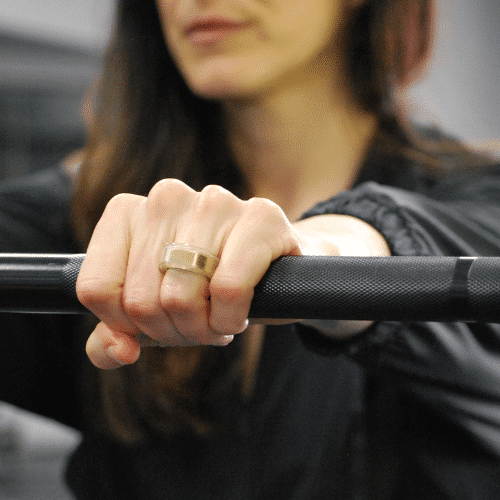
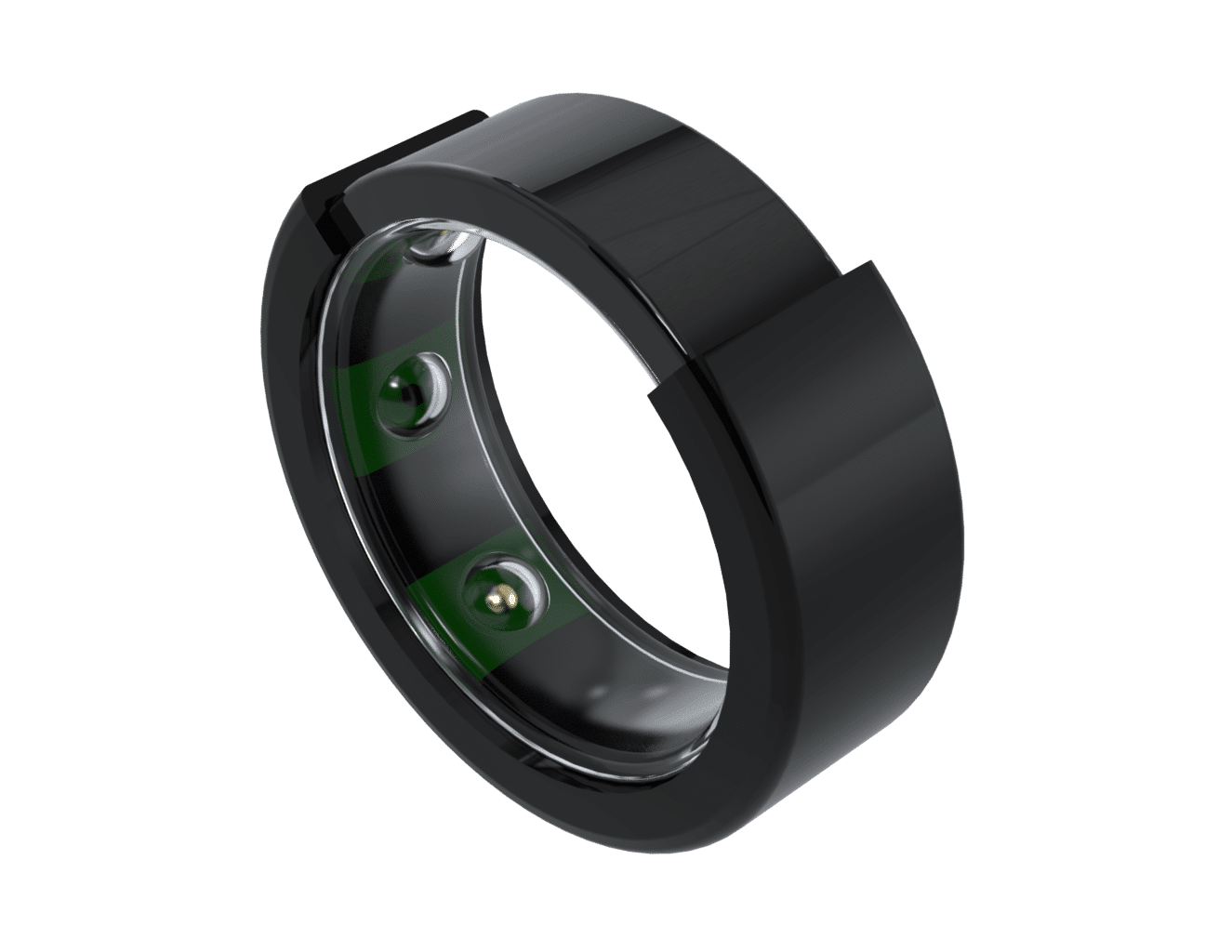
Because we love the Oura so much we created the O Sleeve which is a protective sleeve for your Oura Smart Ring. This means you can capture all your activity data while not worrying about damaging your ring on a metal bar or scratching it on a rock etc. We worked with a materials engineer for a long time to create a custom-fit and with its patent-pending design, you no longer need to worry about any extensive pinching, scratches, or damage happening to your ring.
We have discount codes available so if you’re interested, get in touch.
What About For Kids?
Both of Luke and Rachel’s children have been wearing an order for over a year now. When they spoke to Oura (at the time) about the metrics and accuracy for a 7 and 10 year old, they hadn’t done a lot of work in this demographic and it wasn’t specifically recommended.
However, we’ve been delighted at the results and the types of conversations Luke and Rachel have with their children around sleep and the importance of regular bedtimes and other sleep hygiene topics (as well as healthy competition) has been invaluable.
They were initially concerned about them damaging or losing the Oura rings, but see the next section about Oura protection. Otherwise, 2 years going strong!
You can learn more about it in this YouTube interview. The podcast is also available here.
Bottom Line
If you are looking to understand your body better and learn how you can best support it, the Oura smart ring is a great place to start. It’s comfortable yet extremely powerful in what it offers.
We have discount codes if you’re keen to jump in and join the Oura Crew. Get in contact if you want a discount code
Please note: we have not been sponsored or paid to write this article. This is purely based on our own experiences and that with our friends and Taylored clients/members who also wear the Oura for improved bio-literacy and in combination with our functional healthcare services.
